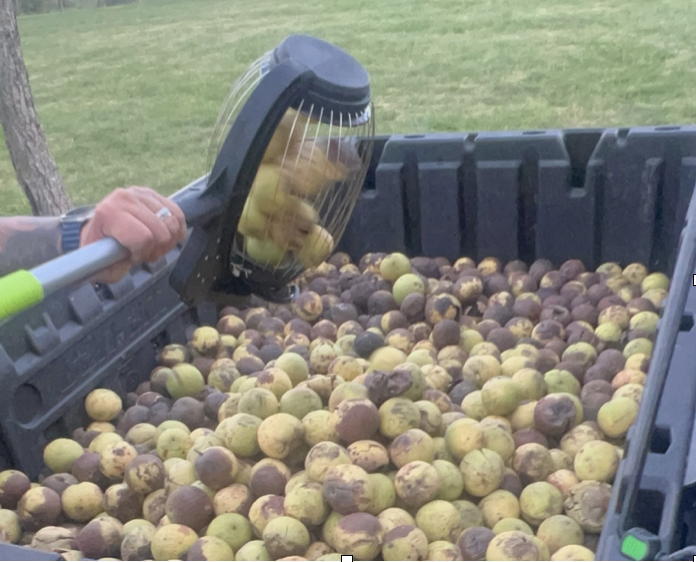
When we moved into our new place, we quickly realized just how many walnut trees surrounded us. It didn’t take long to learn that walnuts are a little less charming once they start dropping—everywhere. My husband grabbed a few buckets and headed outside to start collecting. After a while he came in, sweaty and tired, with a few full buckets . . . and a lawn still covered in walnuts.
The next day, he went to Amazon and started searching for a better way. A few clicks later, a walnut gatherer was on its way to our doorstep—a simple tool that scoops up the nuts quickly without all the bending and bucket-hauling. The next weekend, he was done in less than half the time. It worked like magic.
But here’s the thing: Nothing really changed about the job itself. The walnuts were still there. The goal was the same. What changed was the process. He stopped, reflected, and realized that if he kept doing things the same old way, he’d get the same slow, tiring results. So he tried something new—and the improvement was immediate.
It got me thinking about teaching. How often do we find ourselves doing something the same way we’ve always done it—not because it’s bad, but because it’s familiar? Maybe it’s how we teach math, or manage transitions, or handle independent work time. But sometimes, all it takes is stepping back, reflecting on what’s working (and what’s not), and trying a new “tool”—a different strategy, a fresh routine, or a small tweak—to make the work lighter and the outcomes stronger.
The truth is, change doesn’t always mean starting over. Sometimes it’s just finding your “walnut gatherer”—that one small adjustment that helps you accomplish your goal with more purpose, less strain, and a little extra joy.
This article might be missing links that were included at the time of publication.

